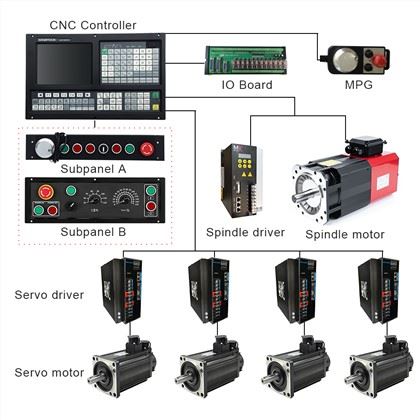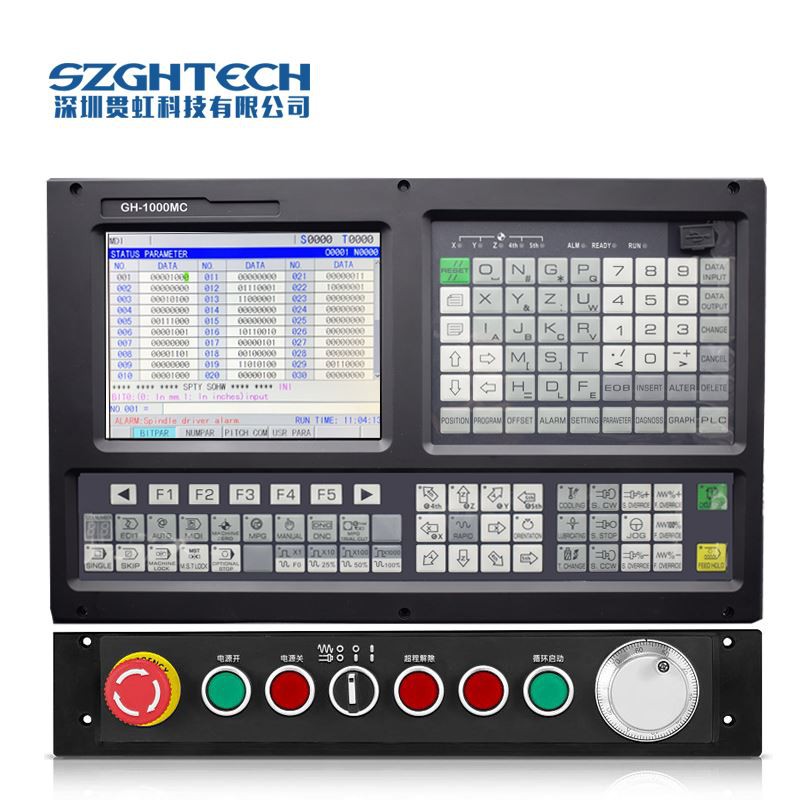
Number of control axes | 4 axes |
Minimum programming | 0.001mm |
| Display | 8.4 inch color screen |
| interface | USB+RS232 Communction Port |
Maximum programming | ± 99999.999mm |
Top speed | 30m / min |
Feed speed | 0.001-15m / min |
Manual continuous | One axis or simultaneous multi-axis |
Interpolation method | Straight line, arc, thread interpolation |
Tool offset | Length compensation, nose radius C compensation |
Spindle functions | Gear, dual analog control, rigid tapping |
Limit function | Software limit, hardware limit |
Acceleration and deceleration control | Linear acceleration and deceleration, the number of additions and subtractions |
| Support | Built-in standard PLC program,and can be customized edited according to customer's askes |
Electronic gear functions | Yes |
| Function | ATC+PLC and macro function |
GH controller uses a high-performance dual-core CPU and ultra-large-scale programmable gate array integrated circuit chip FPGA to form the control core to realize μ-level precision motion control. The brand-new controller panel, equipped with an 800*600 dot matrix 8.4-inch true color LCD screen, coupled with a newly designed display interface, has been highly praised by many customers.
PLC functions:
1)Two levels PLC programming, operation speed is 1.5μs/ step basic instruction; 4700 steps mostly, the cycle of the first level programming is 8ms.
2)Support PLC warning and PLC alarm.
3)Support multiply PLC programming (mostly 20), the current PLC programming can be chosen.
Spindle axis functions:
1) Spindle ration: 50% ~ 120% eight stages real-time tunning in total
2) Spindle axis constant line speed control
3) Tapping circle, rigid tapping
Application : CNC Lathe & Turning Machinery and specially automatic equipment
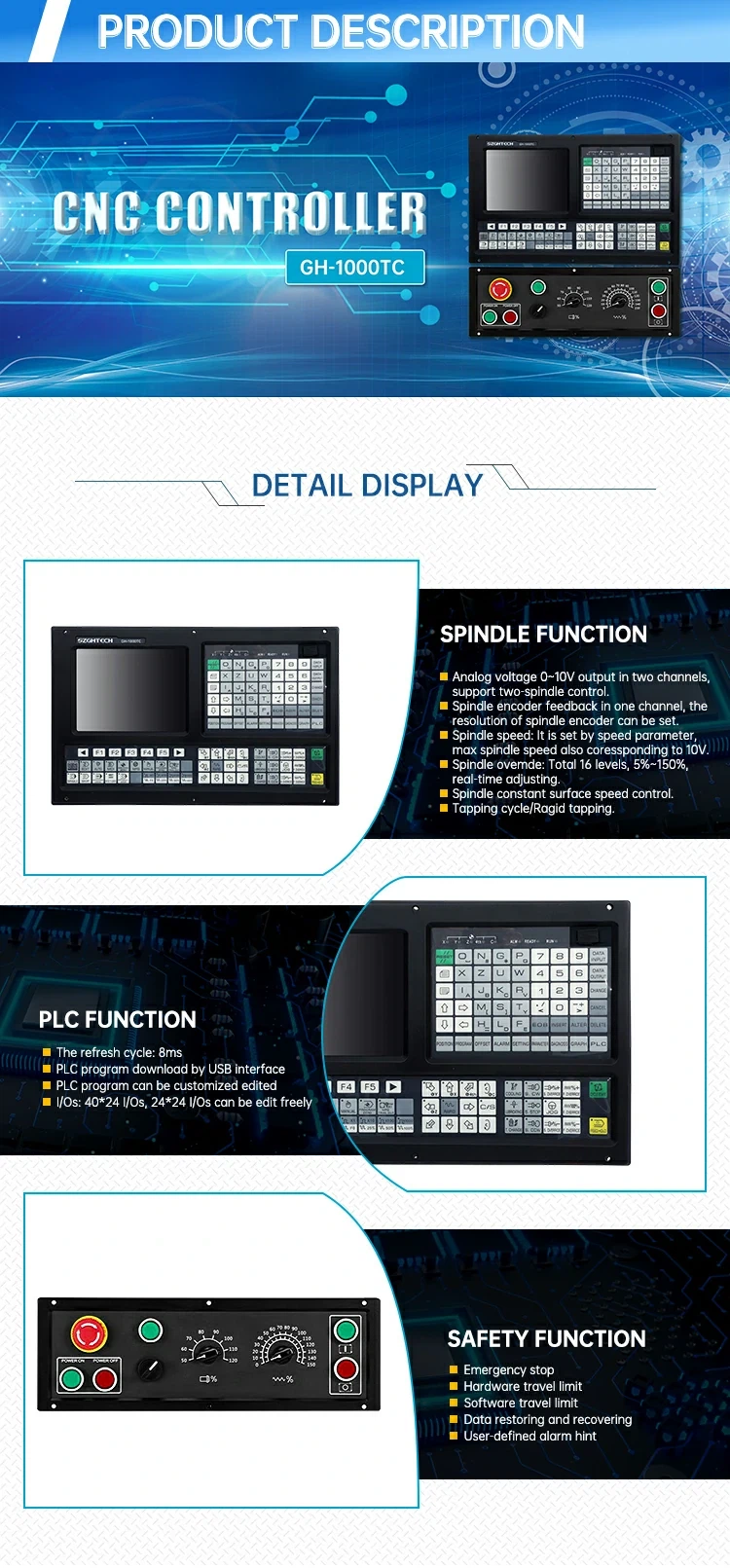
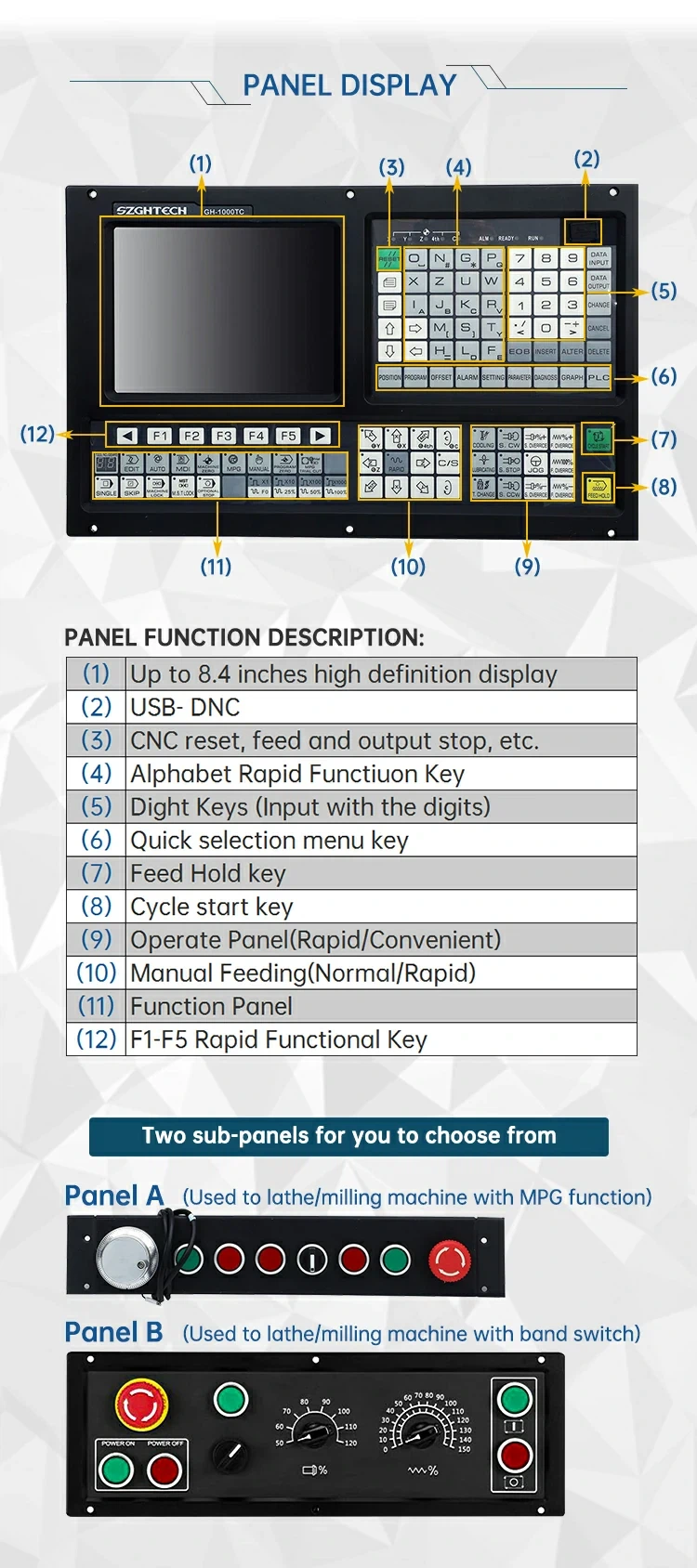
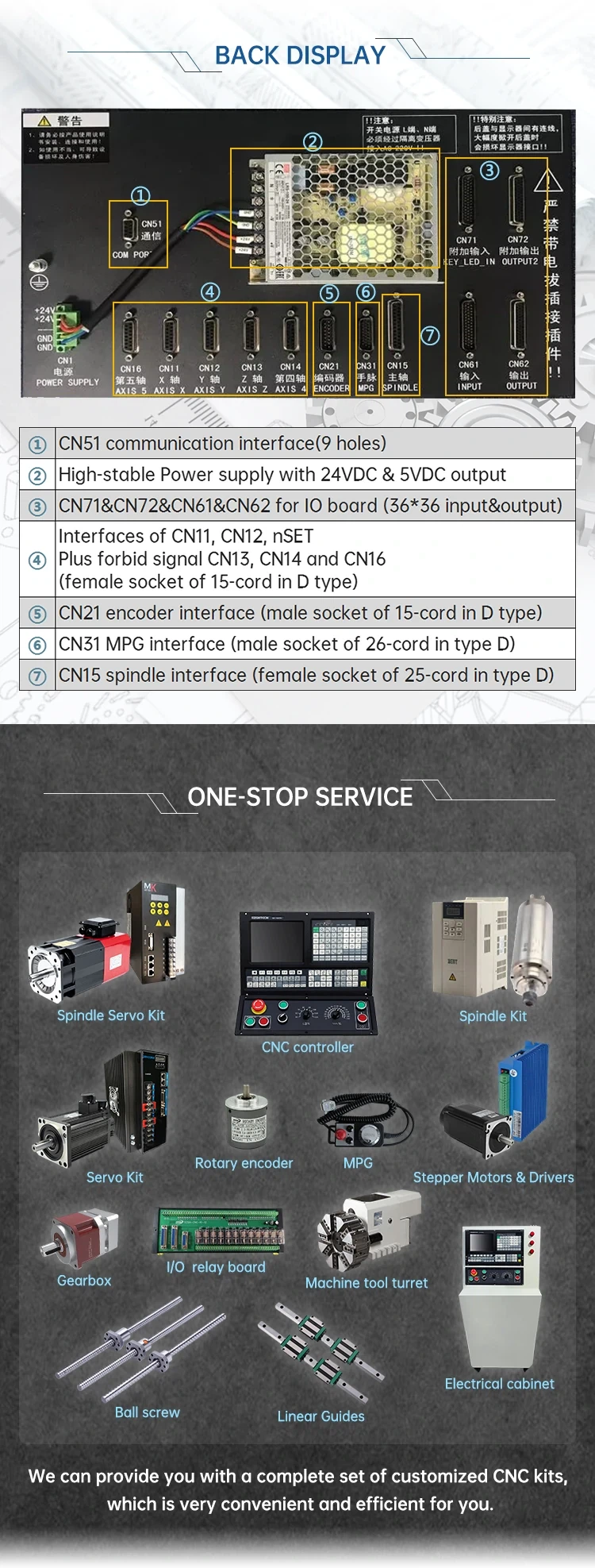
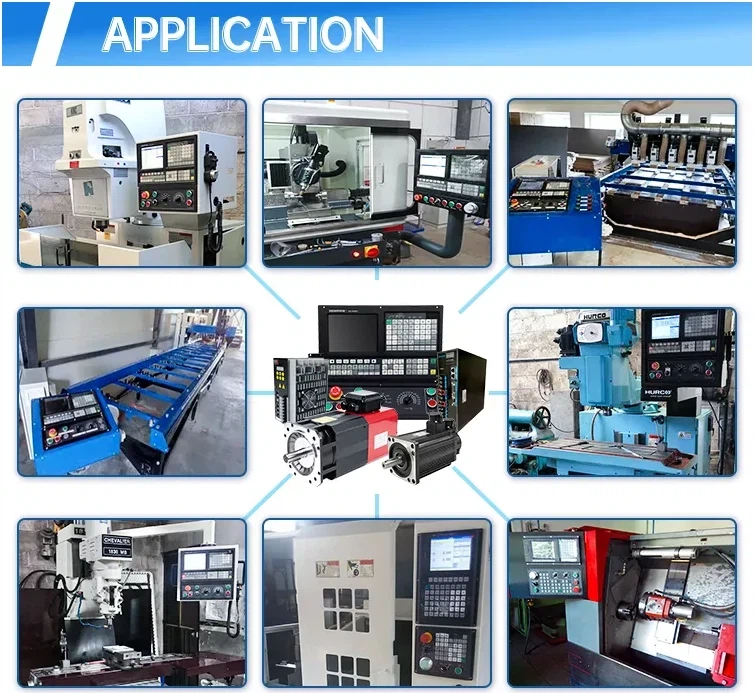
Multiple function:
It can reallize the drilling / boring,roughing of roungroove / rectangle roove, finishing of full circle / rectangle, continous drilling of straight line / rectangle / arc etc.
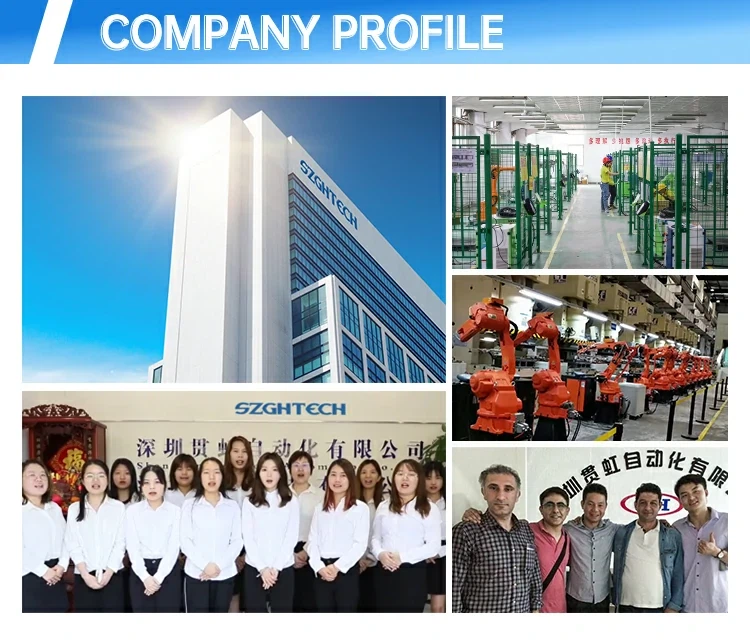
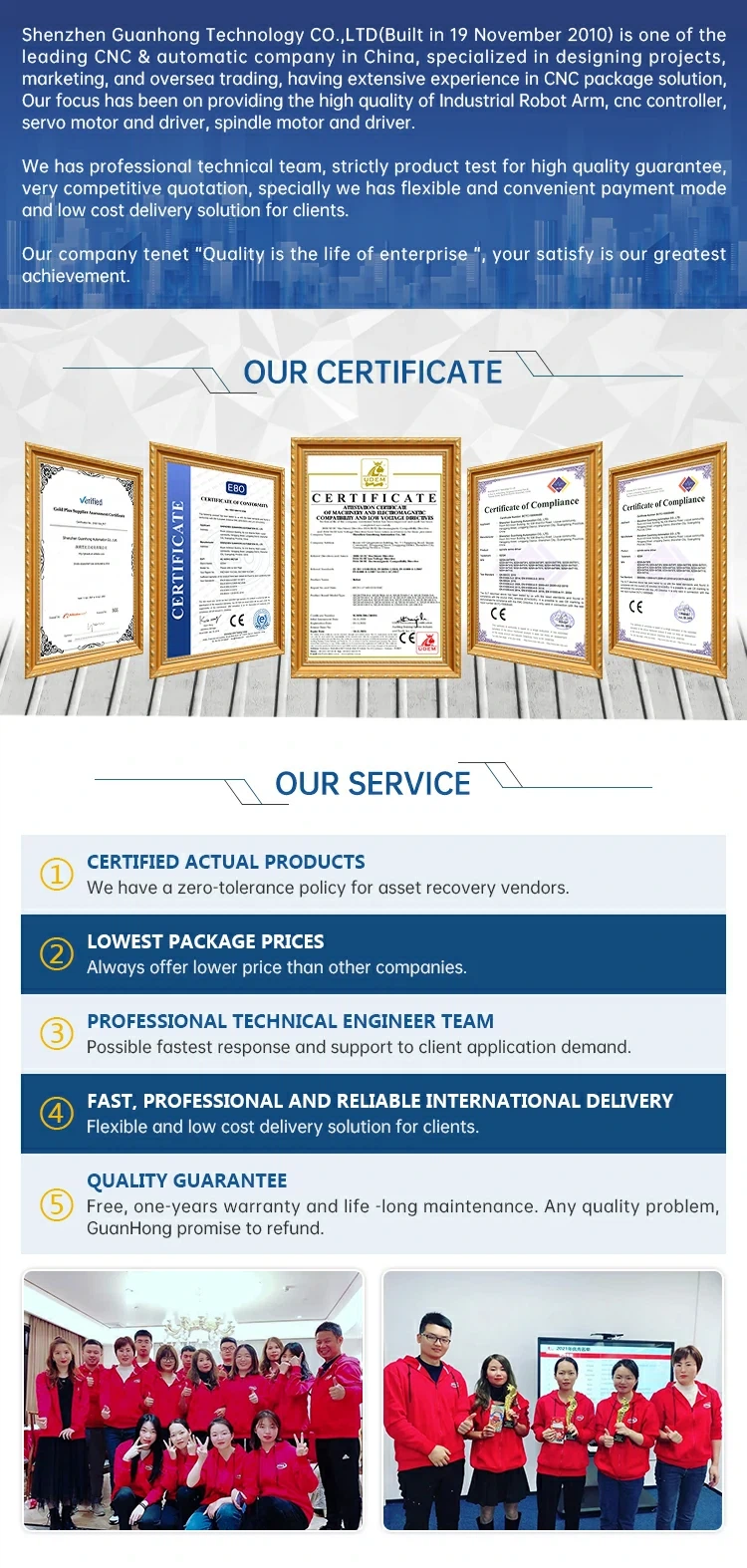
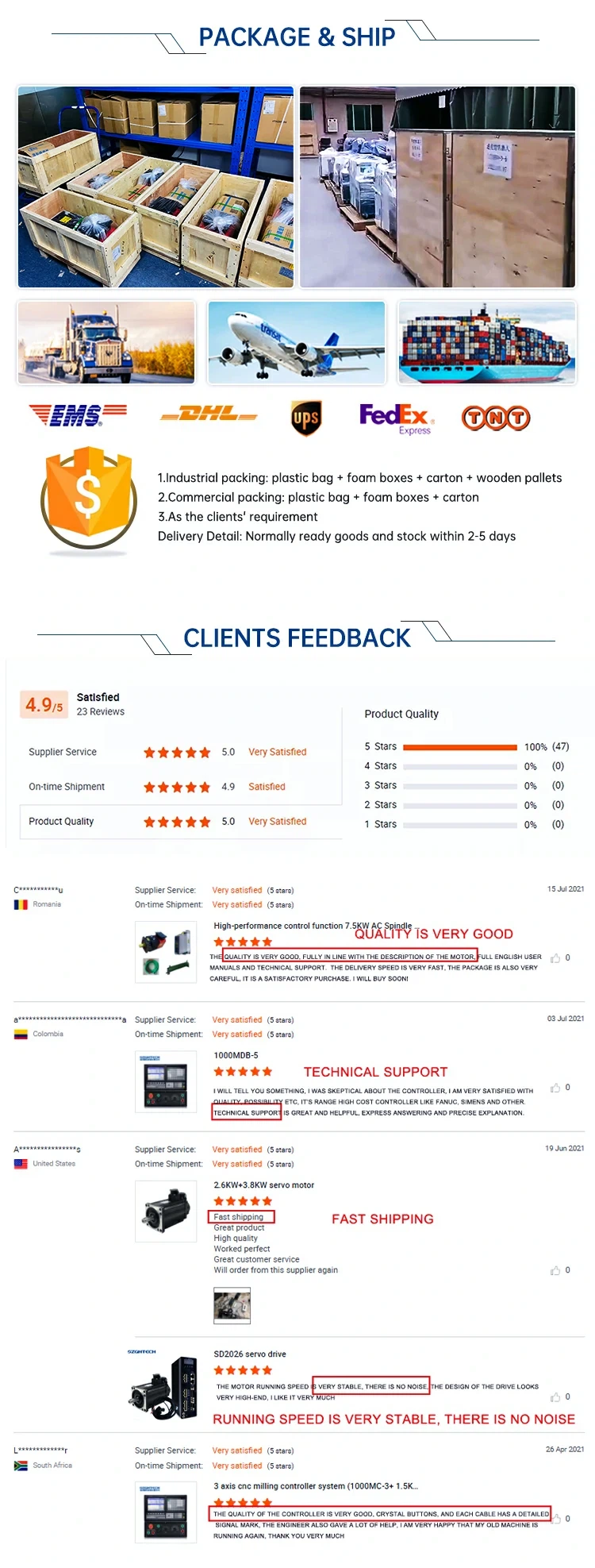
FAQ
Q: How long is your delivery time?
A: The general delivery time is 4-6 days after receiving your order confirmation. , if we have the goods in stock, it will only take 1-2 days.
Q2.If the products can't work after receiving it, what should I do?
A: We will replace new items for you at once and then we make the judgement for the issue.
Q3.Do you accept OEM design?
A: Yes, we do. We can design according to your requirement, MOQ usually 1-10.
Q4. What payment method are you using?
A: Various payment term to choose:T/T,Western Union,L/C,Paypal
Q5. Is it acceptable to print my logo on the product?
A: Yes. Please inform us formally before our product and confirm the design firstly based on our sample.
If you have any other question about our cnc lathe controller kit, pls feel free to contact us as below.Any order requirement, pls do not hesitate, we must do good support to you! come on!


